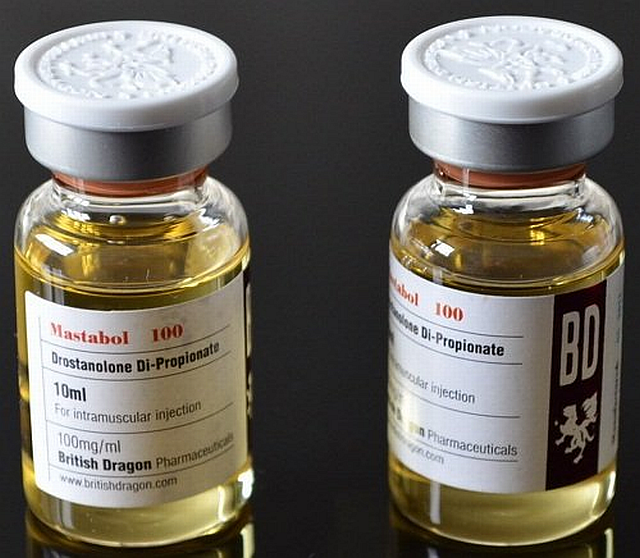Q: What is the difference between Proviron and Masteron? I heard they are both DHT derivates and one was really just an oral form of the other. Could I

thinksteroids.com
What is the Difference Between Proviron and Masteron?
April 23, 2010 By William Llewellyn
What is the Difference Between Proviron and Masteron?
Q: What is the difference between Proviron and Masteron? I heard they are both DHT derivates and one was really just an oral form of the other. Could I use Proviron instead of Masteron for contest prep? I lost my source for British Dragon Mastabol.
A: Proviron (oral 1-methyl-dihydrotestosterone) and Masteron (an injectable form of 2-methyl-dihydrotestosterne) are indeed structurally very similar. Both are DHT hormones with a minor modification (methylation) on each. This similarity, however, doesn’t carry over extremely closely when it comes to function. Both steroids are DHT derivatives, yes, and because of this there is no estrogen conversion possible with either drug. They lack a structural trait necessary for their conversion to estrogen. This characteristic may also allow both steroids to offer some level of anti-estrogenic activity, as the non-aromatizable steroid may compete with other aromatizable steroids (like your own endogenous testosterone) for binding to the aromatase enzyme. This should lower estrogen levels and heighten the ratio of relative androgenic to estrogenic activity in the body. As such, both steroids could be used to some extent for cutting or contest preparations. The main value in this regard is that both may help, instead of hinder, the visible retention of fat and subcutaneous water. With less water retained, muscle definition can increase provided body fat is low enough. But this is about where the functional similarities between the two agents end.
The main difference between Proviron and Masteron is their relative level of anabolic activity in skeletal muscle. Both steroids are capable of attaching to and activating the androgen receptor in muscle tissue. As such, both are theoretically capable of supporting muscle growth. But there is one major problem with Proviron. Like the base steroid dihydrotestosterone, Proviron has a high affinity for the 3-alpha hydroxysteroid dehydrogenase (3HSD) enzyme. Why is this important? It is important because 3HSD produces a weaker steroid by removing the highly important 3-keto group on the active steroid molecule. It this case it produces what are known as weak steroid “diols”. 3HSD is present in high amounts in muscle tissue, and represents a sort of blocking wall for the steroid to get through before it is able to find its corresponding receptor in the cytosol of the cell. Proviron and DHT will be actively looking for 3HSD if you will, and as a result very little will find the receptor before being converted to weakly active steroids. This is why people do not gain a lot of muscle mass while taking DHT or Proviron. The 1-methlation may result in improving the oral bioavailability of Proviron, hence the fact that it is an oral drug, but it doesn’t do much to protect it from 3HSD.
Masteron contains a 2-methylated derivative of DHT. Unlike the 1-methylation of Proviron, this alteration doesn’t effectively protect the steroid during oral dosing. This is why we only see Masteron as an injectable medication. However, shifting the methyl group from the 1 to the 2 position on the steroid backbone very effectively prevents conversion by 3HSD. As a result, the steroid is well equipped to enter the cell and break through the defensive line of 3HSD enzymes. It will reach the cytosolic androgen receptor in high concentrations, and because of this may impart a measurable tissue-building effect.
So the bottom line is that while both may help improve the look of hardness to the muscles during contest preparations, only Masteron is actually going to offer a strong effect in muscle tissue itself. This means the potential for much more muscle size and strength gains during building phases of training, and at the very least a greater level of muscle preservation during cutting phases of training (the latter due to anabolic action in muscle helping to counter the catabolic effects of calorie restriction).
These two drugs illustrate well the fact that categorizing the actions of steroids based on the three derivative bases (testosterone, nandrolone, and dihydrotestosterone) is not a highly accurate practice. So the next time someone tells you “This is a DHT derivative… so”, you can tell them “So what? I want to know what THIS steroid does, not DHT!”



